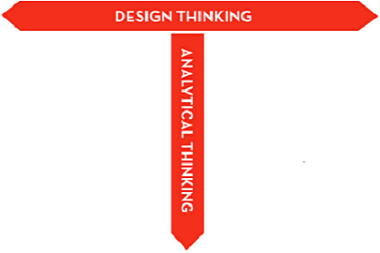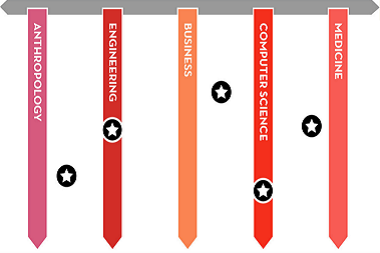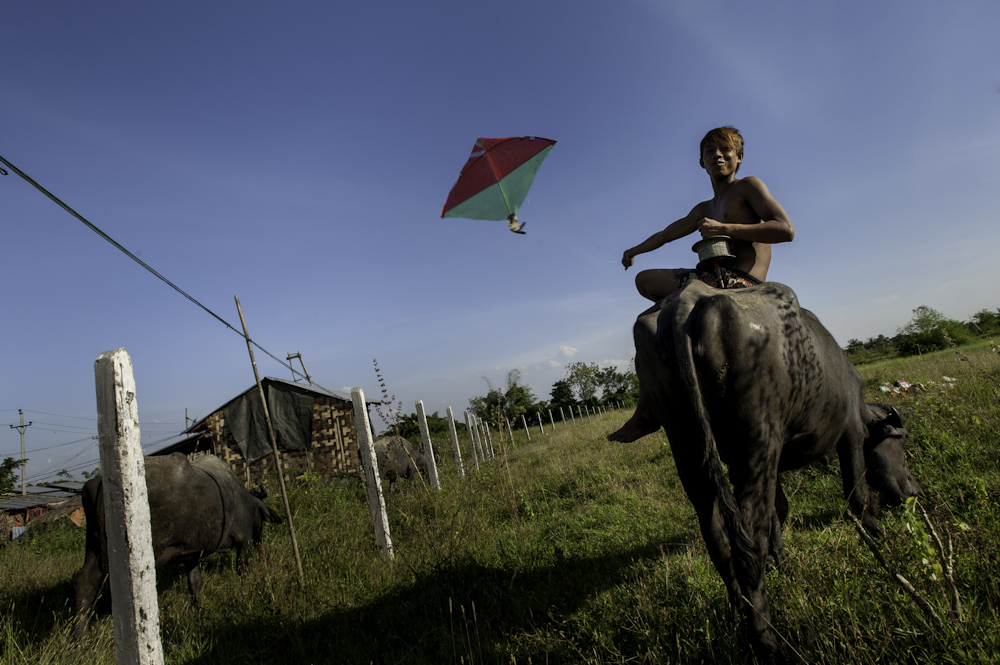Imagine if we could solve the most pressing problems of the world in a way that created opportunity, not obligation. Imagine if we could tackle the toughest tasks and create not only profit, but also value for the planet and the people living in it. Imagine if we could create sustainable and scalable solutions by reimagining products and services in ways that truly meet the needs of those using them.
Design Thinking (DT) can help us not only imagine these lofty aspirations, but also achieve them.
At its core, DT is a holistic, systematic, human-centred process that combines human desirability, technological feasibility, and business viability to produce break-through innovations to the most intractable challenges. DT starts with a deep immersion in the problem at hand and close contact with the people for whom we are designing. Before any thought is given to a solution, a DT’er uncovers the real needs of the population by viewing the world through their eyes. An ethnographic approach is used to experience the setting, observe and interview people in their natural environment and to make sure that any solution that is put forth fits the context and culture.
Another pillar of the DT approach is bringing the talents of a multi-disciplinary team to the design challenge. I’m sometimes asked “Why do you need a multi-disciplinary team when the problem can be solved by a group of _________(insert professional like accountants, doctors, engineers, computer scientists)?” My answer is that while it’s certainly true that a team of people from one background can uncover innovations, the most interesting and radical innovations are uncovered in the spaces between disciplines and at the intersections of disciplines. That’s where the magic lies.
When I was a faculty member at a D-School, one of our goal’s was to train students to become T-shaped people. T-shaped people have empathy across disciplines, and a way of thinking that is more synthesis-based, integrative, and insight-driven (design thinking), as well as having depth in their primary field of expertise (analytical thinking).


Finally, DT has an emphasis on doing. Making prototypes quickly and cheaply, testing them out, failing fast to succeed sooner. Design Thinking gets to innovation through iteration and sees failure as feedback, not a setback.
DT can appear to be a chaotic and messy process with a lot of back and forth. But that’s also what makes it so powerful. Ambiguity is embraced and there is no predetermined path to take. The multidisciplinary T-shaped team co-create innovative solutions with the people whose needs they understand on a profound level.
That’s why at Humanos we have made DT fundamental to who we are and what we do. As we embark on our pioneer project to design a financial literacy curriculum for rural dwellers, we are taking a team with a background in marketing, music, political science, law, accounting, and education. Our nine team members are super excited to put their T-shaped talents to use for humanity.
Stay tuned for our updates from Nicaragua!
Niels Billou
Co-Founder

